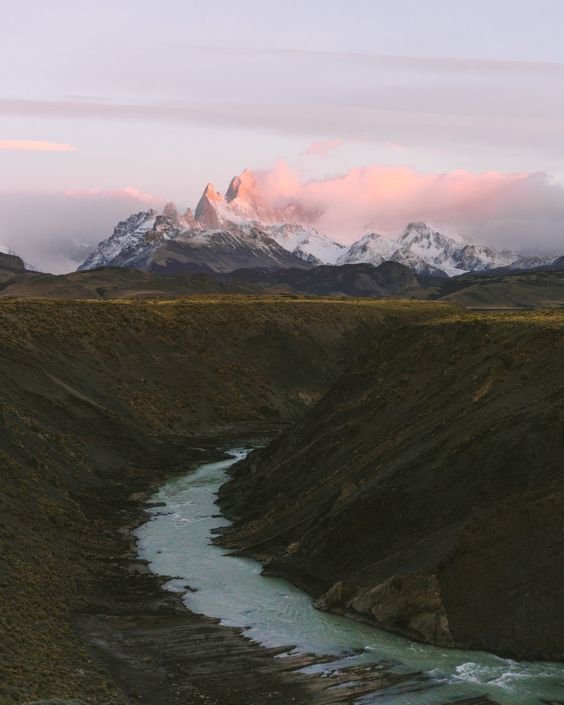Planning a Trip to the Patagonia Mountain Region
One of the very best destinations in the Western hemisphere for breathtaking views and challenging hikes lies in South America and spans across Chile and Argentina. It’s known as Patagonia and boasts over 400,000 square miles of stunning landscapes and culture-rich cities. Read on to learn more about planning the perfect trip to the Patagonia mountain region and pick up some helpful tips to ensure a smooth and enjoyable experience.
The Basics: Seasonal & Duration Considerations
Before we start planning our dream Patagonia vacations, we think it’s beneficial to determine the time of year we want to travel and the duration of our stays. Dedicate 7-10 days to traveling around various parts of the region to maximize your experience. The ideal Patagonia trip duration is just under two weeks.
The best time of year to explore this region is during austral spring and summer (September through March) when the weather is warm and the days are exceptionally long. Additionally, these seasons see significantly less rainfall compared to austral fall. Some truly adventurous individuals prefer to hike the Patagonia region during austral winter, as the wind is calmer, and beautiful blue sky days are more common. However, these austral winter vacations are best for highly-skilled mountaineers and climbers rather than casual tourists.
Tackling the Itinerary: What To Do and See
After securing a few ideal dates to visit the Patagonia region, it’s time to determine the overall itinerary. What will you do and see on your vacation? We love visiting Patagonia because of the outdoor-related activities, such as hiking, mountain climbing, and camping. The best places to do these excursions include San Carlos de Bariloche, Torres del Paine National Park, Tierra del Fuego National Park, and Parque Nacional Los Alerces.
However, there are plenty of other unique outdoor experiences worth considering. For example, Parque Nacional Los Glaciares and Fitz Roy both have stunning and dramatic glacier formations. We also love to explore the active volcanos at Calbuco and Osorno. Along with your adventurous endeavors, check out some of the many wonderful Latin American cities that call Patagonia their home. Frutillar, Puerto Montt, Castro, and Puerto Natales are all “must-see” destinations.
Equipment Requirements: Packing the Ideal Gear
What type of gear will you need on your Patagonia vacation? When traveling during austral spring and summer, temperatures rarely drop below 50 degrees or rise above 70 degrees Fahrenheit. These mild temperatures don’t constitute the need for massive winter coats and related equipment. Instead, prioritize lightweight hiking garments designed to insulate body heat and resist wind and moisture. Nighttime during these seasons is cold (around 40 degrees Fahrenheit), so we suggest packing an extra layer accordingly. Bring along a useful, hiking-specific backpack for your day excursions. Consider picking up a utility Patagonia backpack from the brand whose name draws inspiration from this very mountain region!
Use this guide on planning a trip to the Patagonia mountain range to ensure a unique, unforgettable, and rewarding experience. When in doubt, consider the services of a travel agent or operator for additional itinerary planning assistance.




